How to Allow Pop-Ups on Mac: Complete Guide 2025

Introduction
Mac computers are designed with strong privacy and security settings. One of the most common features you’ll notice is that browsers on macOS—such as Safari, Chrome, and Firefox—block pop-up windows by default. While this protects you from annoying ads and malicious websites, it can also prevent useful pop-ups from opening, such as online banking verification windows, file downloads, or e-learning tools.
In this guide, you’ll learn step by step how to allow pop-ups on Mac, whether you’re using Safari, Chrome, or Firefox. We’ll also explore the reasons why you may need pop-ups, potential risks, troubleshooting tips, and advanced methods to control them safely.
Why You Need to Know How to Allow Pop-Ups on Mac
Why Macs Block Pop-Ups by Default
Browsers on Mac are configured to block pop-ups to reduce exposure to spam and phishing attempts. Safari, Chrome, and Firefox each have built-in pop-up blockers that automatically suppress new windows from opening without your consent.

Situations Where Pop-Ups Are Necessary
- Online banking websites that require a secure verification window.
- University and e-learning platforms like Canvas, Blackboard, or Moodle that open exam portals in pop-ups.
- Government or company portals that use pop-up windows for secure file downloads.
Potential Risks of Allowing Pop-Ups
While enabling pop-ups is sometimes necessary, it also increases the risk of intrusive advertising and malicious software. Cybercriminals often exploit pop-ups to deliver malware or collect sensitive information. The safest approach is to allow pop-ups only for websites you trust.
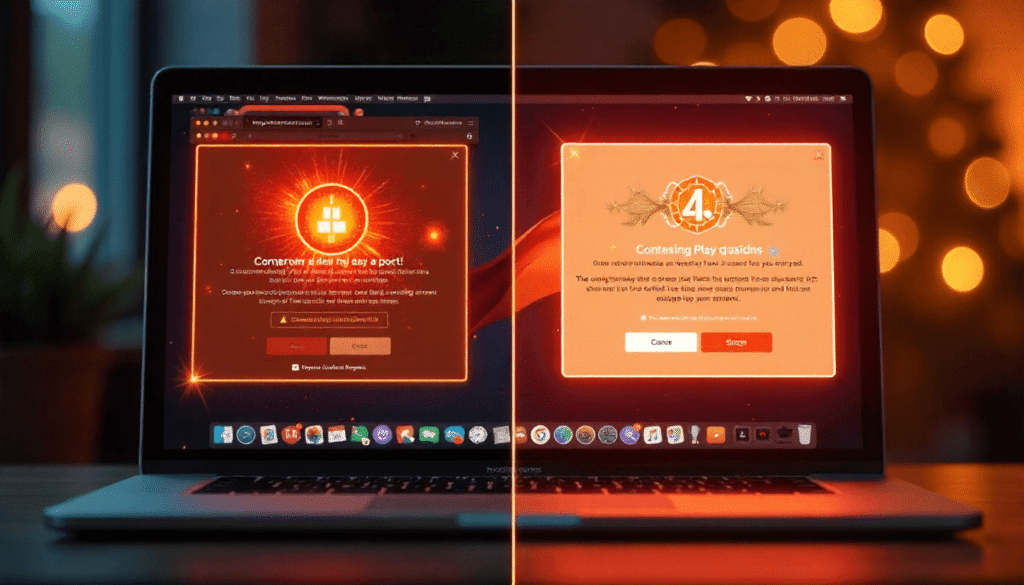
Safari: How to Allow Pop-Ups on Mac
Enable Pop-Ups in Safari Settings
Follow these steps to allow pop-ups on Safari:
- Open Safari.
- Go to Safari > Preferences (or press Command + ,).
- Click the Websites tab.
- Choose Pop-up Windows from the sidebar.
- Select Allow from the dropdown menu next to the site you want.
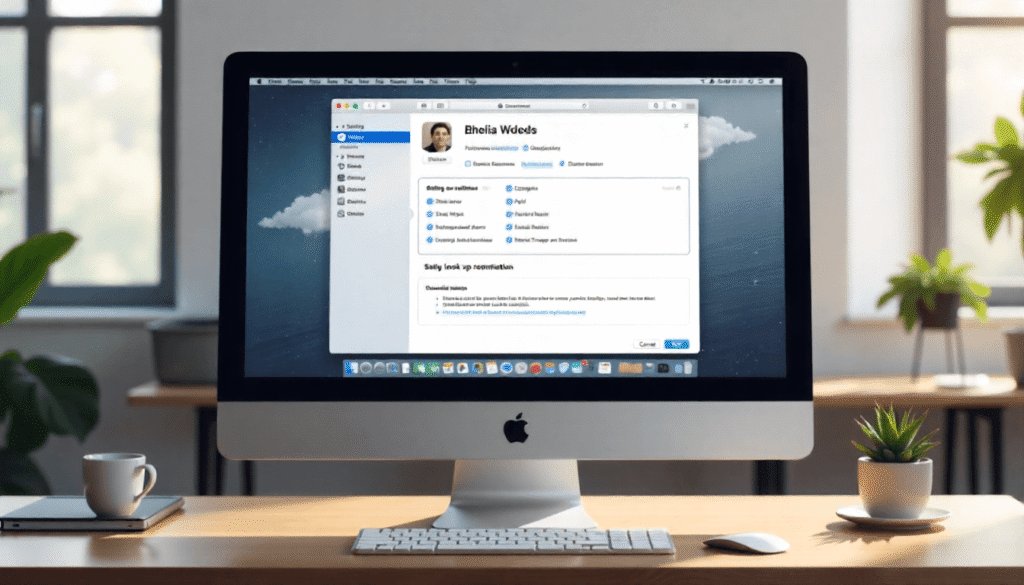
Allow Pop-Ups for Specific Websites
Instead of enabling pop-ups globally, you can configure Safari to allow them only for selected websites. This method is safer because it limits exposure to malicious sites. For example, you might allow your online bank’s pop-ups while keeping the blocker active elsewhere.
Temporarily Allow Pop-Ups
If Safari blocks a pop-up but you want to allow it quickly, look at the address bar. A small icon will appear indicating the blocked pop-up. Click on it to permit the pop-up temporarily.

Chrome and Firefox: How to Allow Pop-Ups on Mac
Allow Pop-Ups in Chrome
Steps to enable pop-ups in Chrome:
- Open Chrome and go to Settings.
- Click Privacy and Security > Site Settings.
- Scroll down and select Pop-ups and Redirects.
- Choose Sites can send pop-ups and redirects or add exceptions for specific websites.
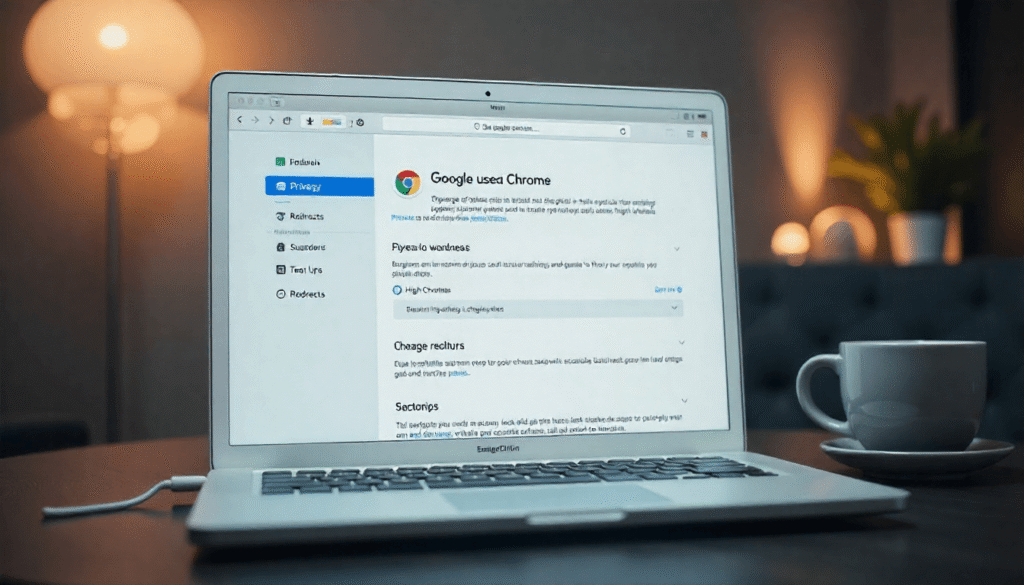
Allow Pop-Ups in Firefox
Steps to enable pop-ups in Firefox:
- Open Firefox and go to Preferences.
- Click Privacy & Security.
- Under Permissions, find Block pop-up windows.
- Uncheck the box or click Exceptions to allow specific sites.

Whitelist Trusted Websites
Both Chrome and Firefox allow you to add trusted sites to a whitelist. This is the recommended approach, ensuring you only allow pop-ups from websites you use regularly, like financial institutions or work portals.
| Browser | Menu Path | Whitelist Option |
|---|---|---|
| Safari | Preferences > Websites > Pop-up Windows | Yes |
| Chrome | Settings > Privacy & Security > Site Settings > Pop-ups | Yes |
| Firefox | Preferences > Privacy & Security > Permissions | Yes |
Advanced Methods and Troubleshooting
Use Shortcuts to Toggle Pop-Ups
Although macOS does not have a universal shortcut for toggling pop-ups, some browsers allow quick access to site settings from the address bar. For example, in Chrome and Firefox, you can click the padlock icon next to the URL to adjust permissions instantly.
Browser Extensions for Pop-Up Control
If you want more granular control, consider using reputable extensions like uBlock Origin or AdBlock Plus. These allow you to block intrusive pop-ups while permitting functional ones.

Common Issues if Pop-Ups Still Don’t Work
| Problem | Possible Cause | Solution |
|---|---|---|
| Pop-up not appearing after enabling | Cached data or cookies blocking content | Clear browser cache and restart |
| Website still blocked | Outdated browser version | Update browser to latest version |
| System-wide issue | Firewall or antivirus blocking pop-ups | Check Mac firewall settings |
Conclusion and Call to Action
Learning how to allow pop-ups on Mac can save you from frustration when dealing with essential websites like banking portals, learning platforms, or secure downloads. We’ve explored how to enable pop-ups in Safari, Chrome, and Firefox, and how to troubleshoot issues if they persist.
Remember: only allow pop-ups for trusted sites to avoid malware and scams. By following the step-by-step methods above, you can control when and where pop-ups are displayed, balancing convenience with security.
Now that you know how to allow pop-ups on Mac, go ahead and adjust your browser settings to fit your needs. Bookmark this page, share it with friends, and explore more of our Mac guides to enhance your productivity and online safety.
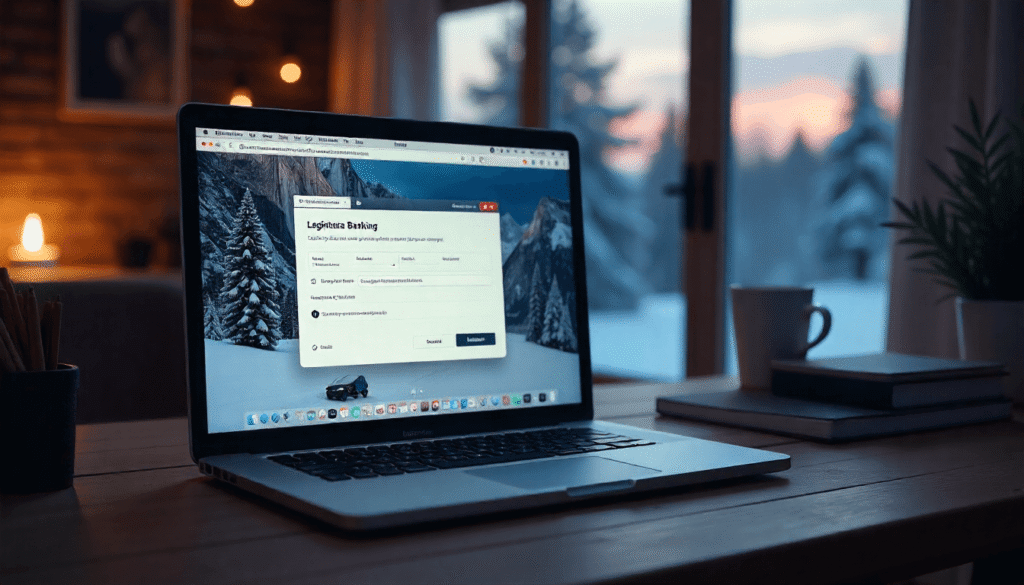

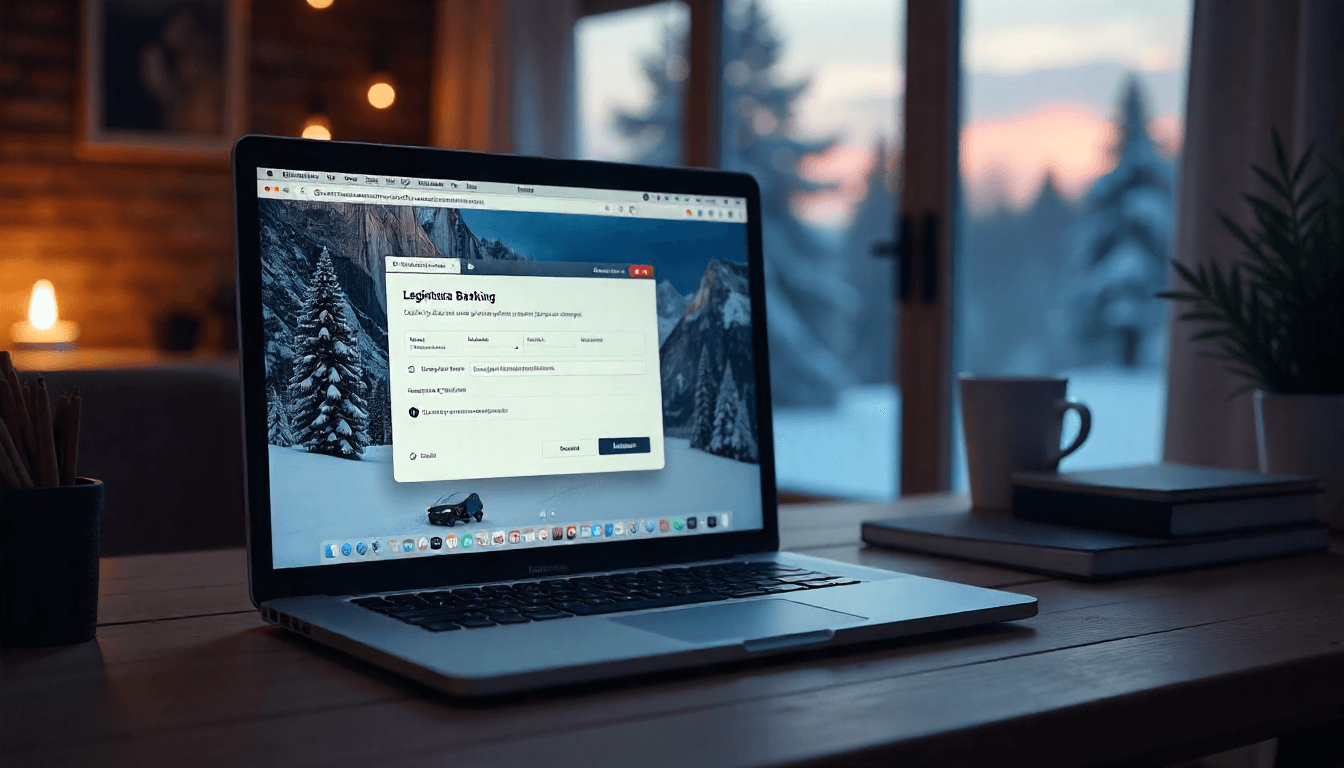
Leave a Reply